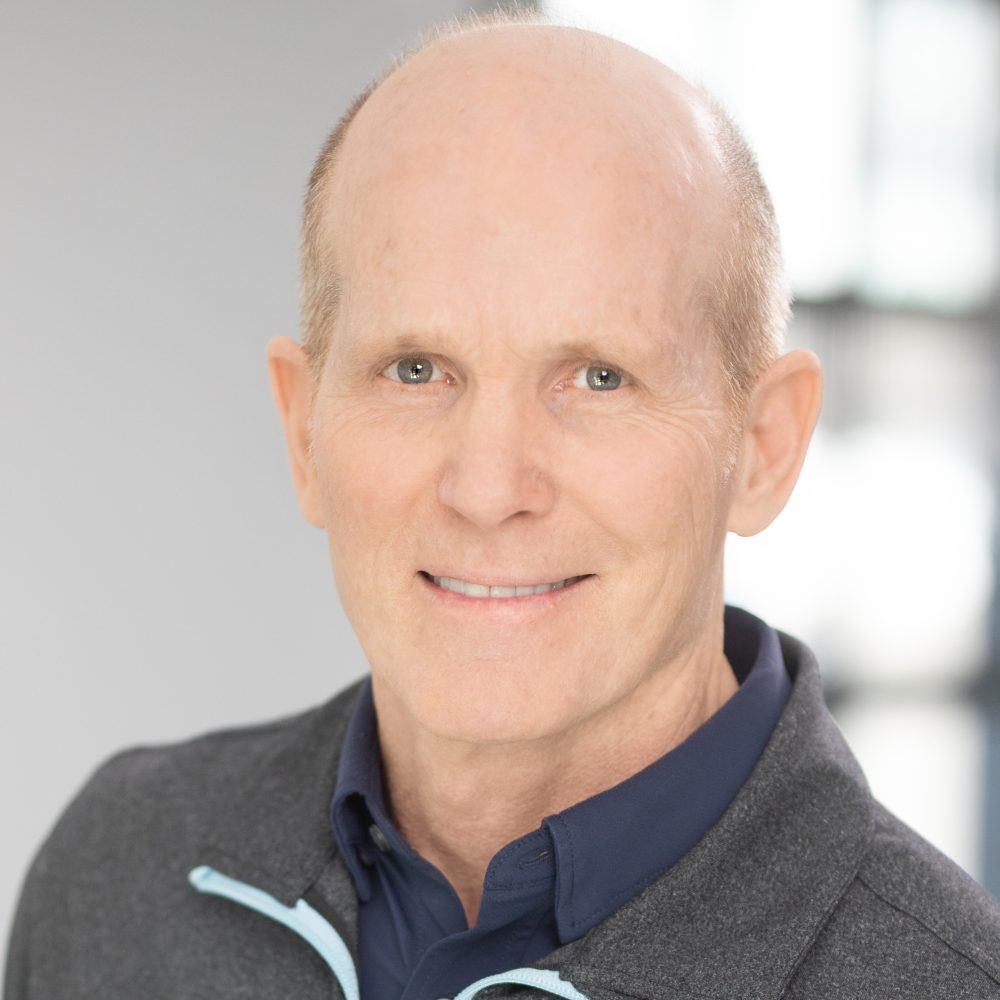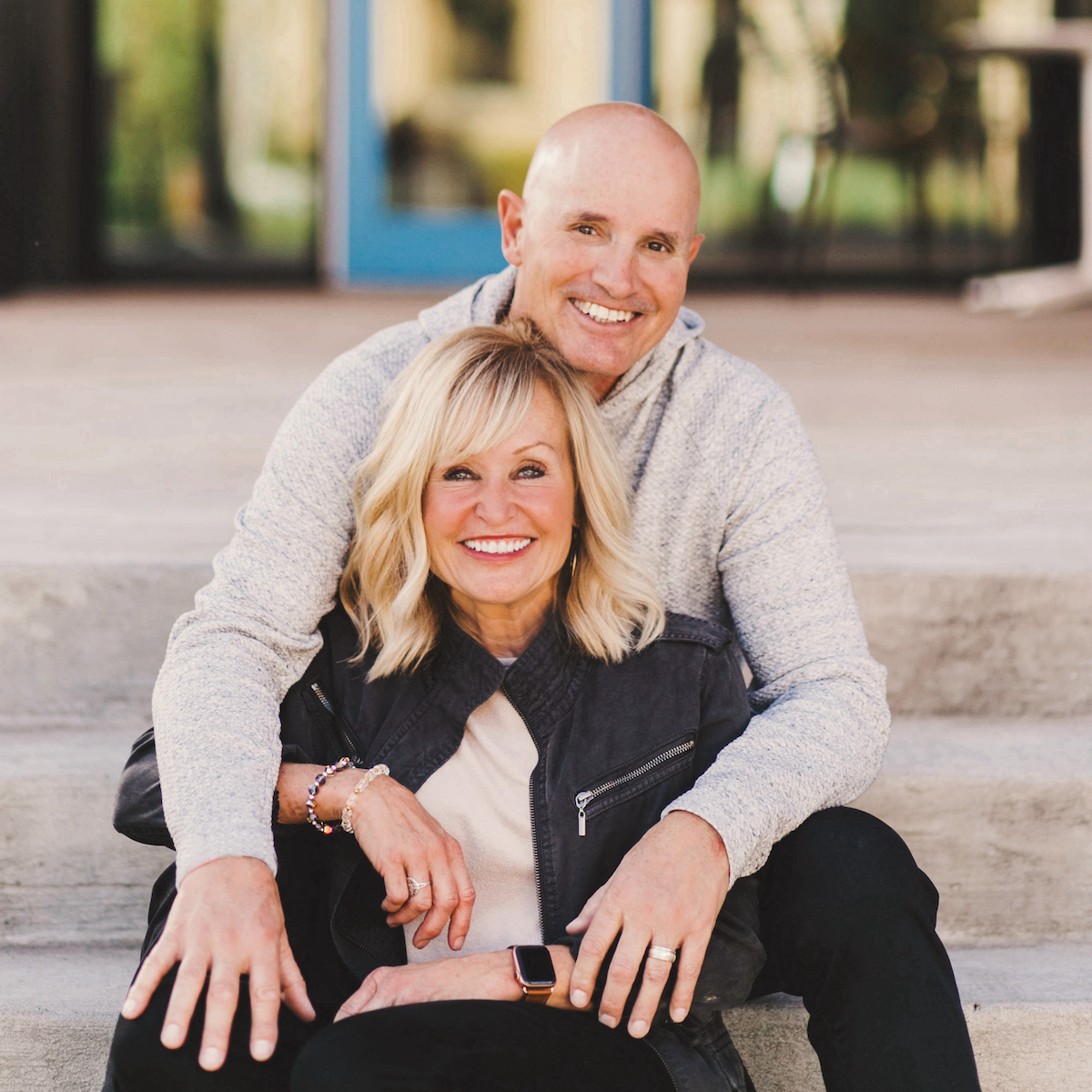During the MeToo movement, several celebrities disclosed their personal battles with codependency. However, codependency is not just a celebrity problem. It can characterize many relationships. While not a mental health disorder, codependency is dysfunctional and unhealthy — something we need to eliminate in our relationships.
Healthy relationships are built on interdependency, a mutual responsibility to each other. To build that interdependency in a relationship, you must have a sense of self-worth. Our worth is derived from being a child of God and made in His image. It is not dependent on other people nor their opinions of us. Codependency involves being needy and depending on another person to enable your needs.
Codependent relationships involve constantly fixing the other person and responding to their neediness. For example, a parent who allows a child to skip a rehearsal because she doesn’t feel like going, a spouse who makes excuses for a partner’s rude behavior, or a friend who offers an alcoholic a drink.
Here are a few signs of codependency to consider:
- Always putting your needs aside for another and not expressing your emotions
- Assigning blame to others and not taking responsibility, basically making excuses
- Accepting mistreatment and “surviving” the relationship
- Not having personal boundaries
- Emotionally dependent on others to fix, rescue or control
The cycle of codependency involves one person needing the other, and the other needs to be needed. So how can you stop this cycle?
- Understand your worth is already determined by God. Live in that acceptance and the fact that you reflect His image. Ephesians 2:10 says, For we are God’s masterpiece. He has created us anew in Christ Jesus, so we can do the good things He planned for us long ago.
- Recognize when someone steals your peace and you become mistrustful and needy. These are signs that the relationship is not healthy and needs intervention to break the cycle.
- An excessive need to fix someone or enable their behavior is a clear sign of codependency. You need personal boundaries to allow others to work on themselves. Stop giving in to unhealthy behavior like substance abuse and show tough love. Offer to support the person’s change, not do it for them or give in to their unhealthy patterns. This includes stop making excuses for them. Let them feel the consequences of their actions.
- Stop needing to be needed. Move toward helping and supporting but not from a motive of needing to be needed and sacrificing your own self-care.
- Deal with feelings of fear and abandonment. These are not healthy motivators in any relationship. God doesn’t give us a spirit of fear. He also doesn’t abandon us. Our intimacy with Him is strengthened by these two facts. And this is a model for a healthy relationship as well. Fear should not be a motivator and abandonment should not be threatened.
Being co-dependent is putting God second because you rely on someone else to meet your emotional needs rather than taking care of them yourself and trusting God. Change isn’t easy, so if you need help ending the codependency cycle, see a Christian therapist who can walk you through the process.













